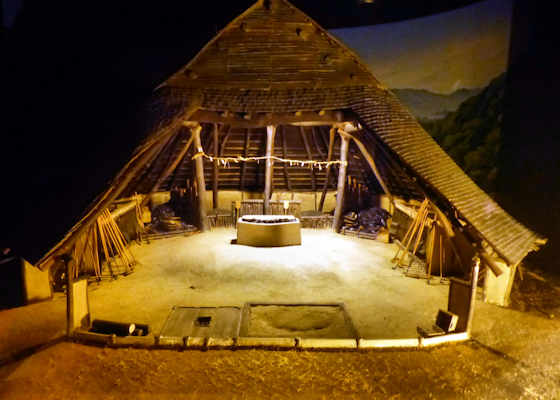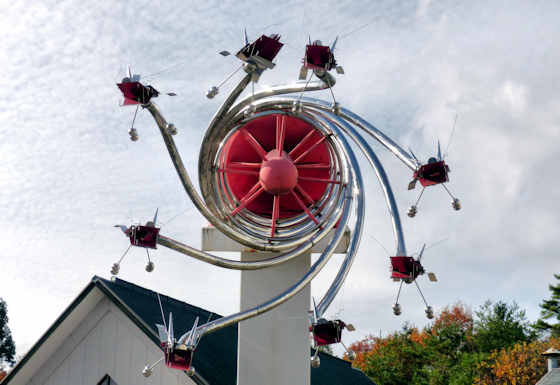In the remote Chugoku Mountains of Shimane is a museum featuring many Japanese swords, apparently quite a popular topic for many visitors to Japan, yet few, if any, swords were actually made in this area.
However, this is one of the most important areas for the main ingredient in a sword, iron. Japan had little in the way of iron ore deposits, and for centuries most iron was imported.
However, once the technique of smelting iron sand was introduced, domestic iron and steel production flourished, and the Okuizumo area became a major exporter to other areas of Japan.
The museum showcases the history of the tatara forges that produced this iron. Perhaps the most intriguing is that the result of a tatara forge includes a small quantity of something called tamahagane, which is one of several types of metal that are vital to producing an authentic Japanese sword. Modern science and technology have been unable to find another way to make tamahagane.
Some days have demonstrations of working a small piece of iron in a modern forge, and members of the public are given the chance to try their hand. Also occasionally there are demonstrations of tamegishiri, sword testing, which I will show in the next post in this series.
Though having no interest in samurai swords I still found the museum intriguing, and, being so remote, is never crowded.
The previous post in this series on Okuizumo was on the
sculpture of Yamata no Orochi in front of the museum. The ancient iron industry was so important to the area that there are numerous other tourist sites about it. Nearby is the
Itohara Memorial Museum which I would recommend.
A few kilometers from the museum is a modern factory building that contains the only working tatara forge in Japan. It is the only source of tamahagane in Japan, so all, true Japanese swords made nowadays must buy from here. It is thought to be the inspiration for Irontown, a setting in the anime Princess Mononoke.

































































